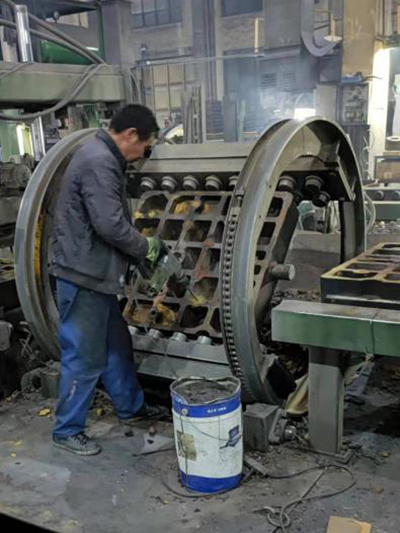The Revolution of Sand 3D Printing
In recent years, the world of manufacturing has witnessed an extraordinary transformation driven by advancements in 3D printing technology. Among the most exciting developments is the innovative application of sand as a primary material in 3D printing. This groundbreaking approach has the potential to revolutionize various industries, from construction to art and design, offering both ecological and economic advantages.
The Revolution of Sand 3D Printing
One of the most significant benefits of sand 3D printing is its sustainability. Sand is a readily available natural resource, and its use reduces the need for more environmentally damaging materials like concrete and metals. Moreover, many 3D printing systems harness waste sand from industrial processes or mining operations, giving new life to material that would otherwise contribute to environmental degradation. This not only minimizes waste but also aligns with global sustainability goals, drawing interest from environmentally conscious businesses and governments.
sand 3d print

Furthermore, the precision offered by sand 3D printing enables the construction of elaborate, customized designs that cater to specific requirements. For instance, architects can create unique building components that not only enhance aesthetic appeal but also improve structural performance. This capability is particularly valuable in the contemporary landscape where individuality and innovation are prized.
Industries beyond construction are also set to benefit from sand 3D printing. Artists and designers are exploring this technology to create stunning sculptures and installations, pushing the boundaries of traditional forms of artistic expression. Additionally, the manufacturing of industrial tooling from sand can lower production costs while enabling faster prototyping and shorter lead times.
However, despite the many advantages, the technology is still in its nascent stages and poses challenges that require attention. The scale of production and intricacies involved in the printing process can impact costs and efficiency. Effective quality control measures and research into optimizing materials will be essential for mainstream proliferation across industries.
In conclusion, sand 3D printing stands at the confluence of innovation and sustainability, promising to reshape how we think about construction and manufacturing. As technology advances and its potential continues to be explored, it offers exciting prospects for a more efficient and environmentally friendly future. The journey of sand 3D printing, much like the grains it utilizes, is only just beginning to rise and take shape.
Post time:ಸೆಪ್ಟೆಂ . 04, 2024 07:52
Next:ceramic sanding
